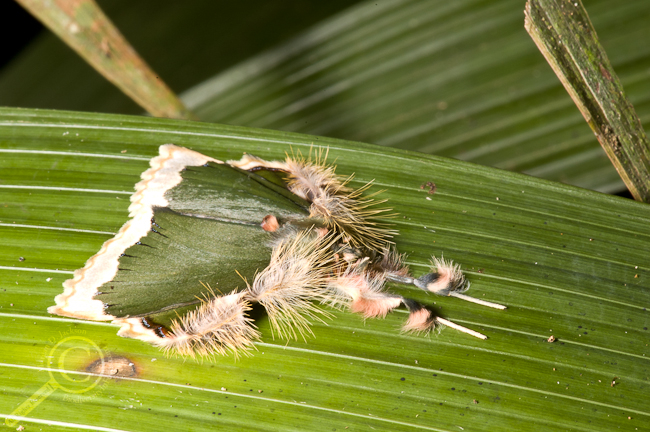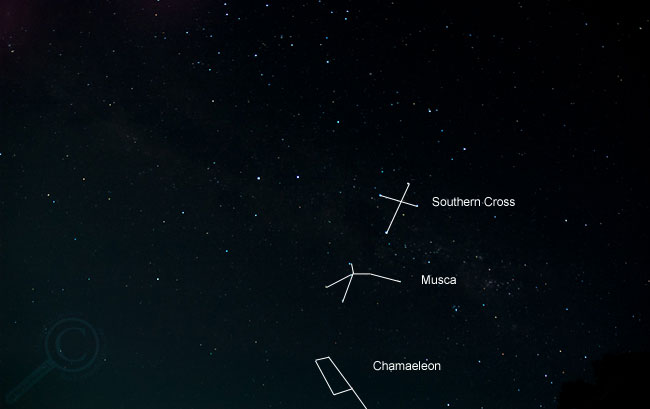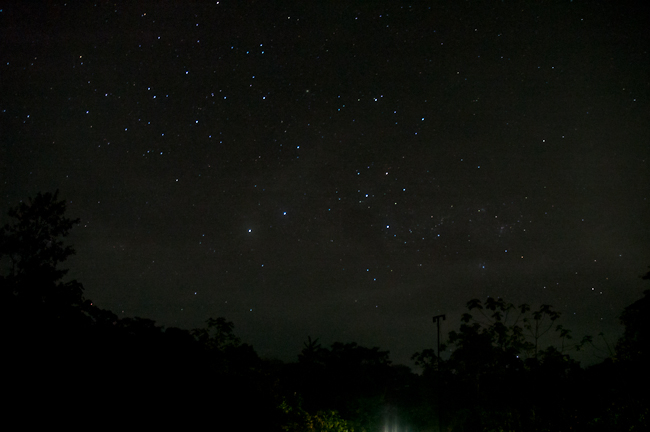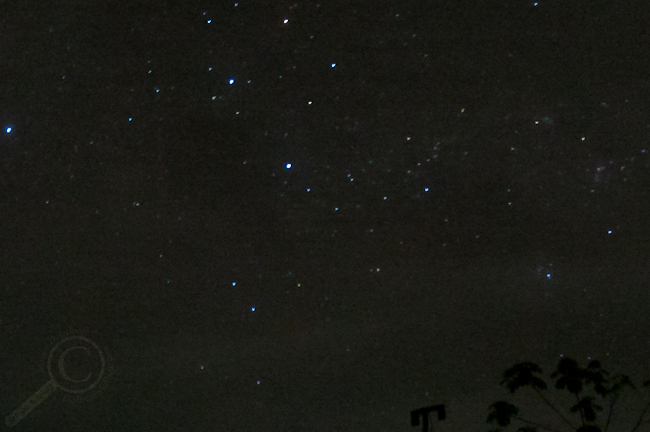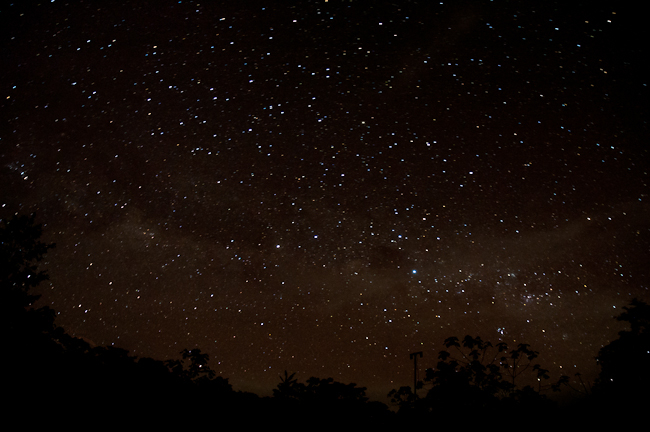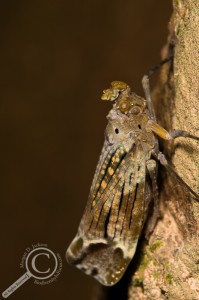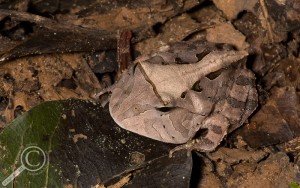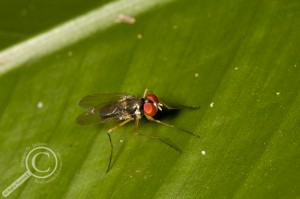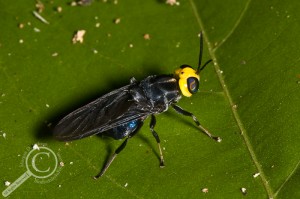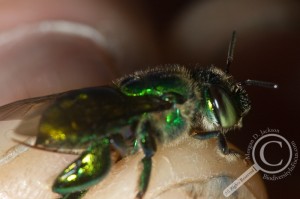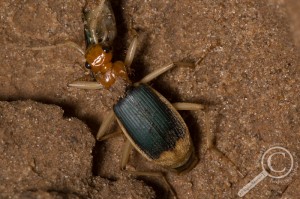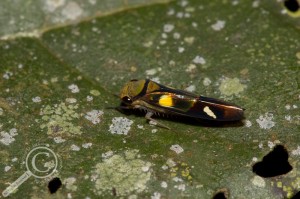This is the first of my tropical mystery moths. I’m assuming it’s a tussock moth (Erebidae, Lymantriinae) based on the posture and fluffy front legs. I have no idea how this moth manages to fly with the crazy hairs along the leading edges of the wings, or what those hairs may do, but it certainly makes for a dramatic look!
I’m filing this story under “Cosmic Awesomeness”.
While I was perusing Twitter this afternoon, Dr. Matthew Francis, a physicist/science writer who I follow, randomly started spurting out astronomical terms for fun1. One of those terms was Musca, which obviously got my attention in a hurry, and I asked what was so astronomical about a common genus of flies (you can read the full conversation at the bottom of this post)2.
Turns out Musca happens to be a constellation of stars observable in the Southern Hemisphere! It was “described” in 1597 or 1598 by Petrus Plancius, a dutch astronomer who clearly has an excellent imagination. Although it was originally called Apis (the Bee), it was changed to Musca (the Fly) in 1752 to avoid confusion with the nearby constellation Apus (literally “no feet”, in honour of birds-of-paradise, which at the time were believed to footless). But why name a constellation after an insect? Plancius named a neighbouring constellation Chamaeleon and decided it would need a source of food!
Besides being a really cool constellation, Musca also contains a binary object of a star being consumed by a black hole, as well as a couple of beautiful galaxies.
Seeing as I’m kind of a fan of flies3, I checked to see where the constellation was located so I could look for it the next time I’m on the southern half of the planet. Much to my delight, Musca is found immediately “below” the Southern Cross, the only constellation I knew about in the Southern Hemisphere, and something which I had not only seen before, but had photographed!
I quickly opened Lightroom to check my photos of the Southern Cross and see if I could make out Musca, and wouldn’t you know it, I found it! Not only that, I got good photos of it, and not just from one location, but from 2 totally different countries on 2 totally different trips! SWEET!
This photo was taken at the Heath River Wildlife Center on the border of Peru & Bolivia in 2007. In case you can’t see a cross, a fly or a chameleon, here they are with appropriate lines:
Not only did I manage to capture this celestial fly in Peru, but I also got photos of it in Ecuador while looking for real flies in 2009.
Here’s a massive crop showing the Southern Cross and Musca more closely:
When out in remote dark-sky locations deep within the Amazonian jungle, both constellations are visible to the naked eye, but picking them out from several thousand other stars and the Milky Way is a bit more of a challenge.
I can’t wait to get back to South America to collect & photograph more flies, both the corporeal ones within the jungles of Earth and the shiny one above it!
—————————————
1- I don’t know either, it must be a physicist thing. They’re all about the entropy I hear…
2- Another excellent example of the scientific benefits of Twitter.
3- This may come as a surprise to many of you, I know.
http://storify.com/BioInFocus/social-media-among-the-stars
One of my goals for this blog was to provide information on collecting trips and overviews of the facilities that I visit, specifically for entomologists. Finding information on research stations, habitats and the logistics of getting to and from these places is often hard to find, and are often birding reports, which are useful, especially for those that like to look at things that possess less than 6 legs, but don’t reflect the conditions that many entomologists are looking for. With that in mind, this will be the first of (hopefully) many trip reports/reviews that I plan to provide!
Just wanted to post a quick notice to let everyone know that I’m still alive despite the lack of blogging! Between grad work and non-school-related-life (is there such a thing?) it’s been a tad busy around these parts, but I’m hoping for some increased frequency in my postings.
I think from now on I’ll stop forecasting when my next blog post will be as I don’t seem to be hitting many deadlines! Although slightly delayed, today I’ll be sharing some of the more “cuddly” creatures that we encountered during our 2 weeks in the Bolivian Amazon.
Shit happens, and as a dipterist who studies dung-feeding flies, it keeps me in business! But its not just micropezids that come into brown gold, many different families show up for the cheap, stinky meal!
Well, this post was originally supposed to be finished for Friday, but here we are and it’s already Monday!
Today I’ll be showing some of the lower flies from my trip to Bolivia in spring 2007.
Bolivian bees being baited, walking with wasps, and ants all around! Hypnotizing Hymenoptera!
Beetles are certainly not my forté, but it’s hard to pass one by when everything you see in the Bolivian Amazon is new to you!

